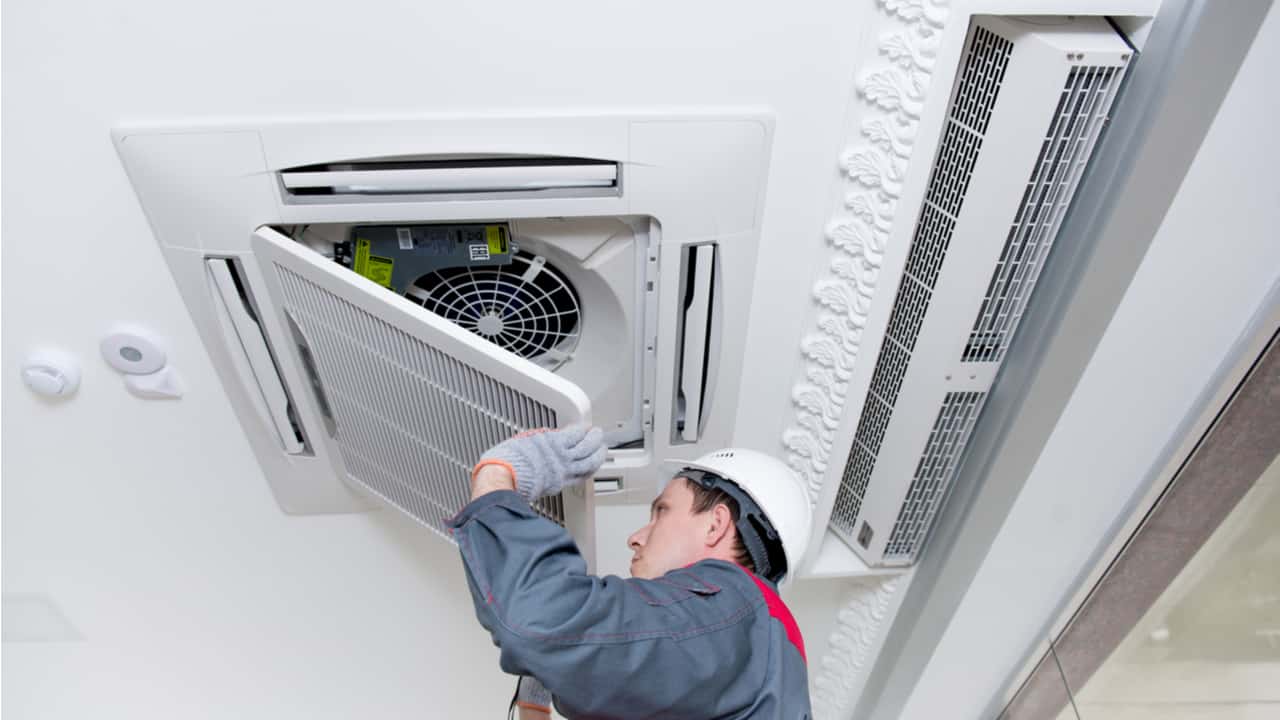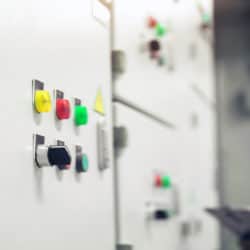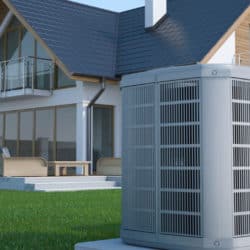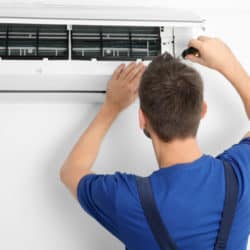One thing is certain – all HVAC systems consist of many complex parts. That’s because they were designed to make the rooms of our homes as comfortable as possible by improving indoor air quality and keeping us cool.
Due to their complexity, as well as because of many different kinds of appliances manufactured in the HVAC industry, a lot of people don’t know much about air conditioning. And when it comes to that, one thing that confuses most homeowners is the differences between the air handler vs condenser.
That’s fine – after all, nobody knows everything about everything. However, if you’re looking to equip your home with an air conditioning system, you will definitely need to know the difference between distinct kinds of air conditioning appliances.
Contents
Air Handler vs Condenser – An Overview
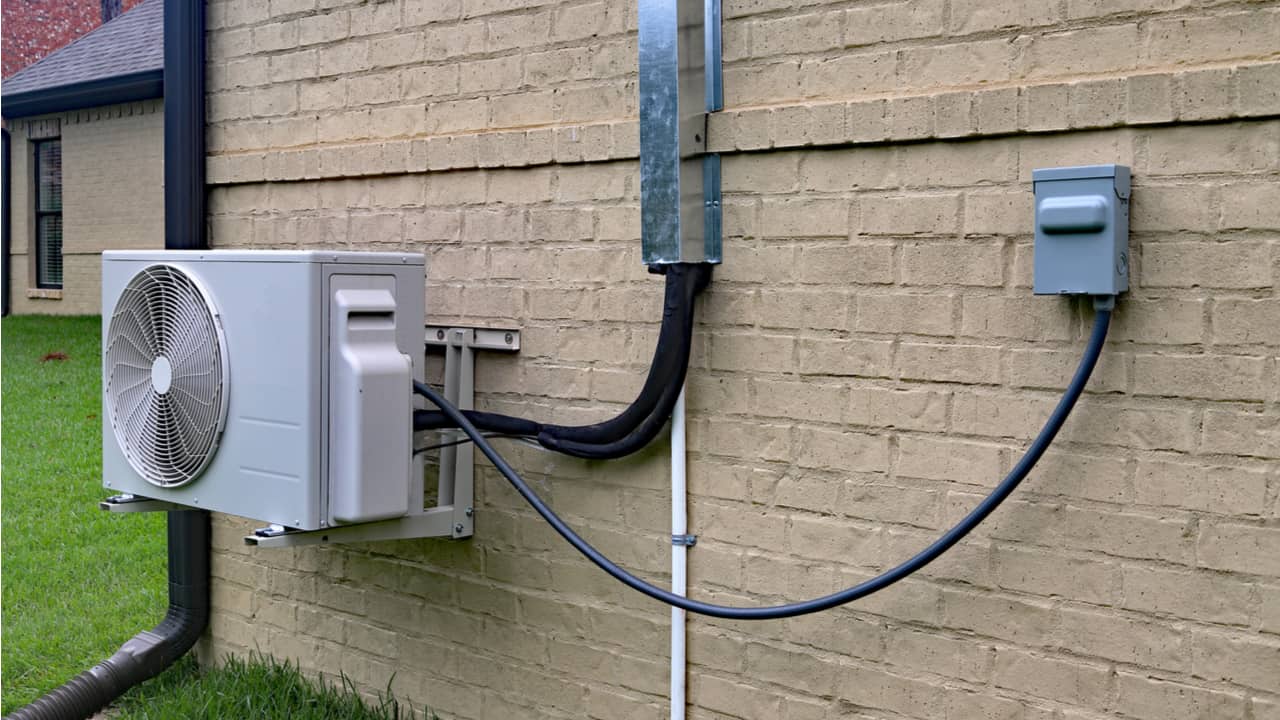
Before I get deeper into the topic, one thing I need to point out is that the condensing unit and the air handler are two fundamental parts of the so-called split system. This system consists of air conditioning and a heat pump heating.
As you probably already know, heat pumps are quite common in the southern United States. If you’re from a state such as Louisiana, Florida, or Texas, there’s a pretty good chance you have a condenser and an air handler as part of your air conditioning system. Without further ado, here’s what makes them different:
Air Handler
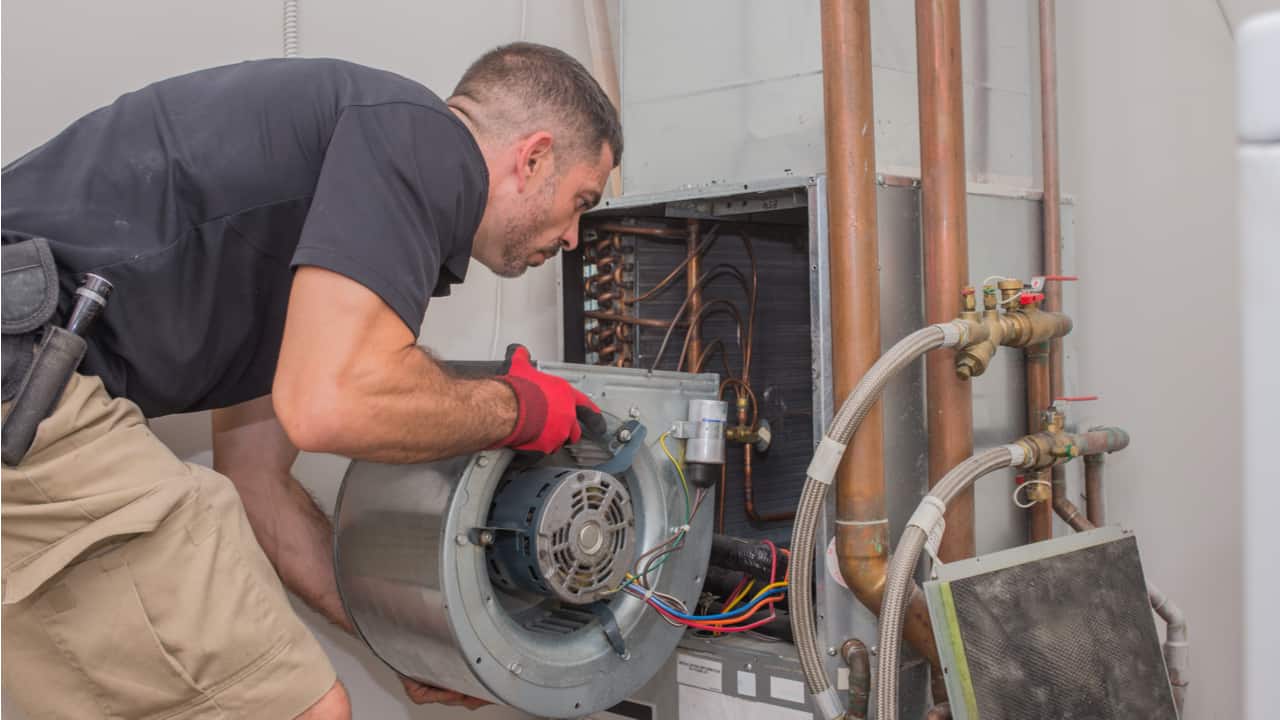
To put it simply, this would be a component whose job is to circulate the air throughout one’s house. In the vast majority of cases, it is situated indoors, either in the attic or inside a closet.
The basic parts of an air handler include a coil, a blower, and an air filter. As you can already guess, the blower is the part that actually moves the air.
It moves the air through the aforementioned coil and then transfers it inside your home’s rooms through the ductwork.
The filter is a component that is just as important as the ones I’ve described above. Its job is to deal with the dangerous airborne contaminants, while the handler’s coil keeps the air at the desired temperature.
Condenser
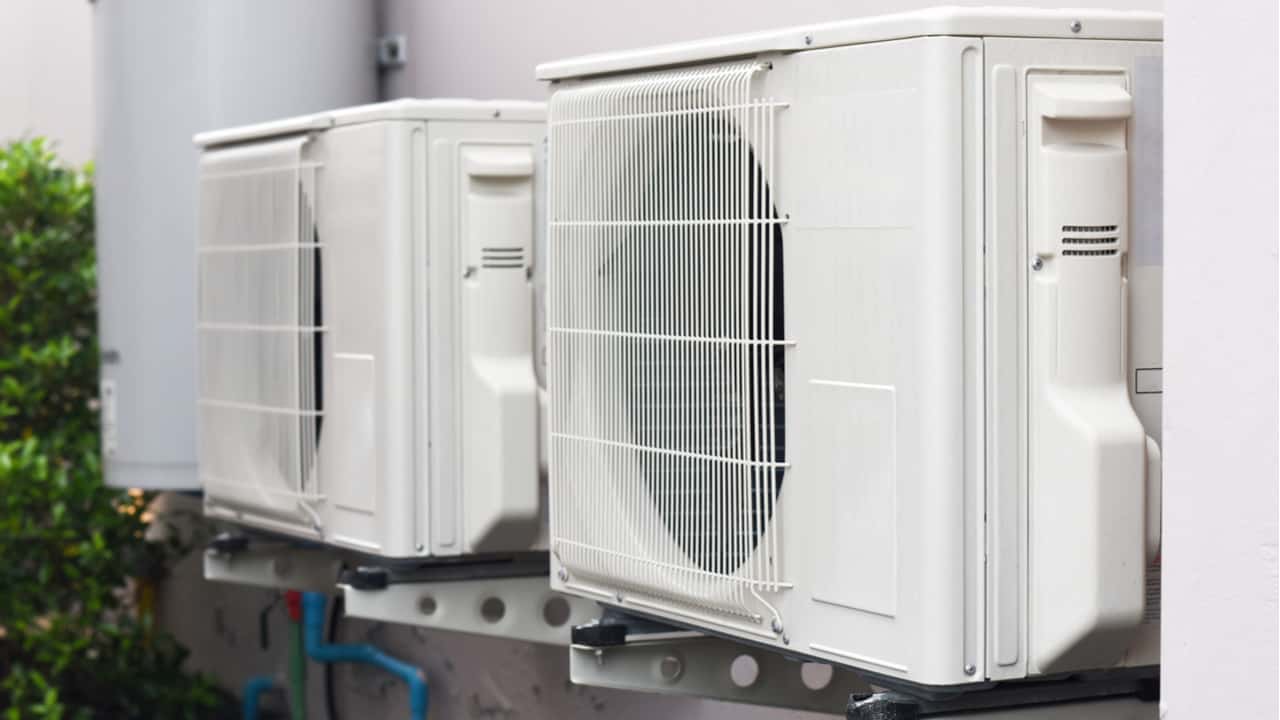
The condenser, or the condensing unit, is typically located outside the house or a building. This is the part that most people call “the air conditioner”. The most important parts of a condenser are the condenser coil and the compressor.
Unlike the air handler, which blows conditioned air through the rooms of one’s house, the main purpose of this appliance is to remove the heat from those same rooms.
How does it do that? A condenser successfully removes indoor heat by taking it in through the so-called return ducts and then passing it over the refrigerant coil.
Generally speaking, the job of a condensing unit is to transfer the heat from inside the house to the outside by employing its fan to quickly pull cold air over the refrigerant coil.
The compressed gas inside the coil will then be cooled to an almost freezing temperature and then sent to the air handler.
Should I Replace Both?
If one of these two devices fails, then yes, you will, unfortunately, have to replace both your condensing unit and the air handler at the same time. Why?
When one purchases a brand new HVAC system, its efficiency rating will be based on how well the system’s components are matched. So, for example, those who purchase a condensing unit with a 17 SEER (Seasonal Energy Efficiency Ratio) rating will not be able to get the desired performance out of it if they don’t couple it with a matching air handler.
And yes, I’m fully aware that replacing both appliances while one of them works flawlessly may sound like a ridiculous idea. However, matched systems perform far better and that’s a fact – it’s as simple as that. After all, condensing units and air handlers are manufactured in such a way that they need to operate together, with matching models, in order to achieve optimum performance and maximum efficiency.
Better Together
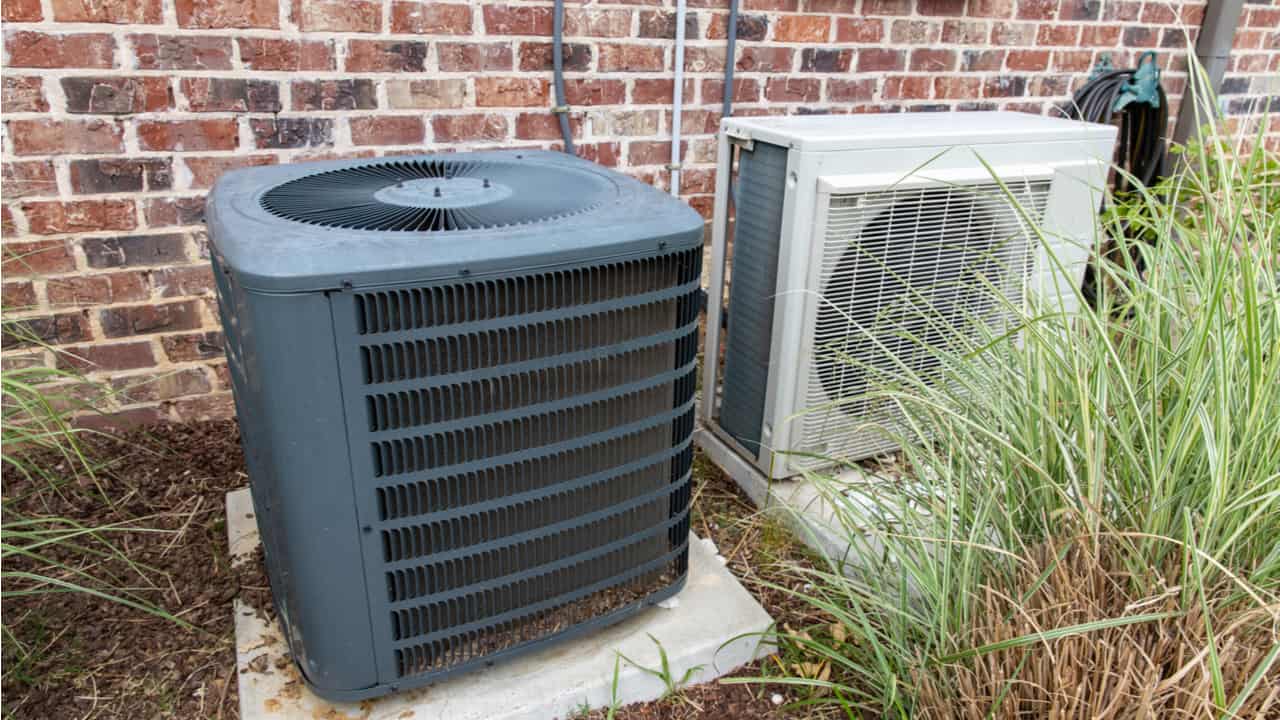
Is it possible to replace the condenser without simultaneously replacing the air handler? Yes, it absolutely is.
However, keep in mind that doing something like that means putting the reliability of both appliances at great risk. You may also end up spending a lot more money in the long run.
Due to the newest developments in the HVAC industry, AC appliances now perform better than ever before. Therefore, replacing both your outdoor and indoor units is the only way to make sure that both of them provide the same great performance.
This also means that a brand new air handler with an outdated or non-matching condensing unit is bound to result in substandard efficiency.
I can also assure you that this kind of combo is a guaranteed way to higher energy bills. Also, if you replace only the air handler and your condenser fails later, you won’t be able to avoid paying double in installation costs anyway.
Additionally, buying a brand new HVAC set usually means getting a service guarantee and a manufacturer’s warranty along with it.
So, those who decide to replace only the air handler are risking seeing the condenser’s warranty expiring before it, and vice-versa. And keep in mind that the vast majority of companies will not extend warranty coverage to non-matching equipment.
They Should Work as a Team
Basically, the condensing unit and the air handler are a team and need to work as a team. The only thing that allows these devices to provide the best possible performance is when they are manufactured specifically for each other.
So, in other words, if you’re planning to replace one of these two appliances, make sure to replace the other one as well.
By doing so, you’ll be avoiding potential headaches and saving quite a lot of money in the long run. One really good thing here is that brand new HVAC systems are now more affordable and more efficient than ever before.
What Do The Air Conditioning Ratings Mean?
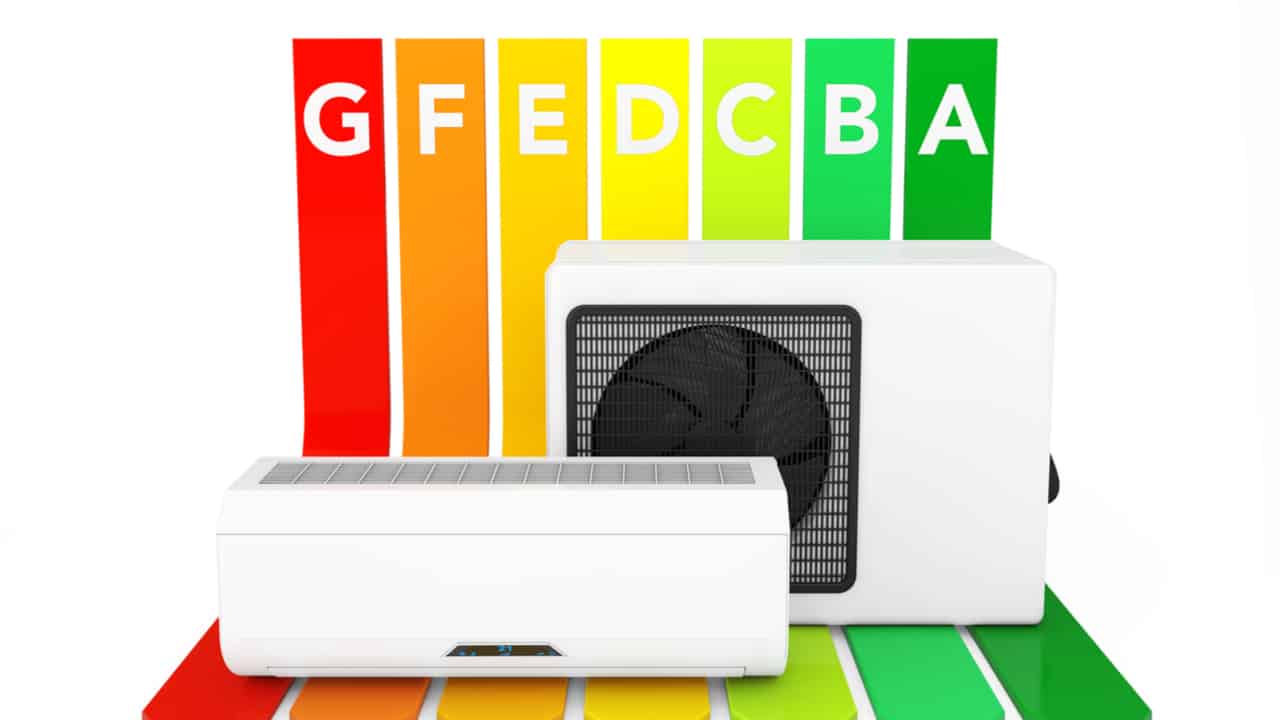
If you’re in the market for a new AC system, there’s a pretty good chance you’ve bumped into terms such as HSPF, SEER, and EER. Here’s what each of them means:
HSPF
This rating shows how efficient the heat pump of a particular system is. It stands for heating seasonal performance factor. A higher number means more efficiency.
SEER
A unit with a higher SEER rating is more energy efficient. SEER stands for seasonal energy efficiency ratio, and getting an AC system with a higher rating means being more comfortable during warmer months.
This is because the SEER rating specifically measures the cooling equipment’s efficiency.
EER
Once again, a unit with a better EER rating (higher number) means that it’s more energy efficient.
Standing for the energy efficiency ratio, the EER rating is a measurement of the AC’s cooling output divided by the model’s energy usage.
If you want to learn more about the HVAC system in your home, read this Air Handler vs Furnace comparison as well as this Air Handler vs Heat Pump comparison.
The Conclusion
So, there you have it – the most important differences between an air handler and a condensing unit.
Basically, the former is typically found indoors, and its job is to circulate the air inside the rooms of your house.
The latter, on the other hand, is located outside of buildings and its primary purpose is to remove the heat from within buildings.
